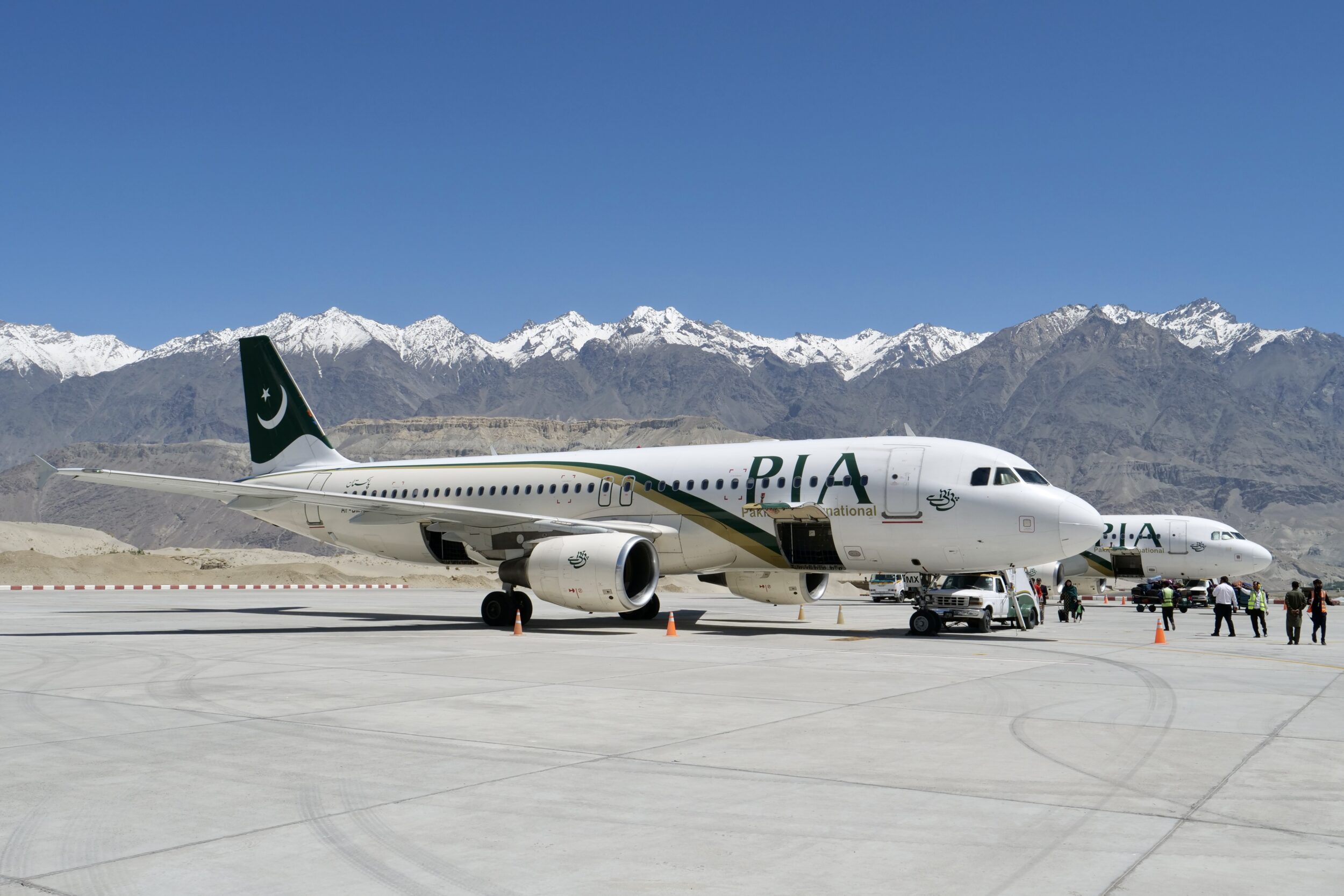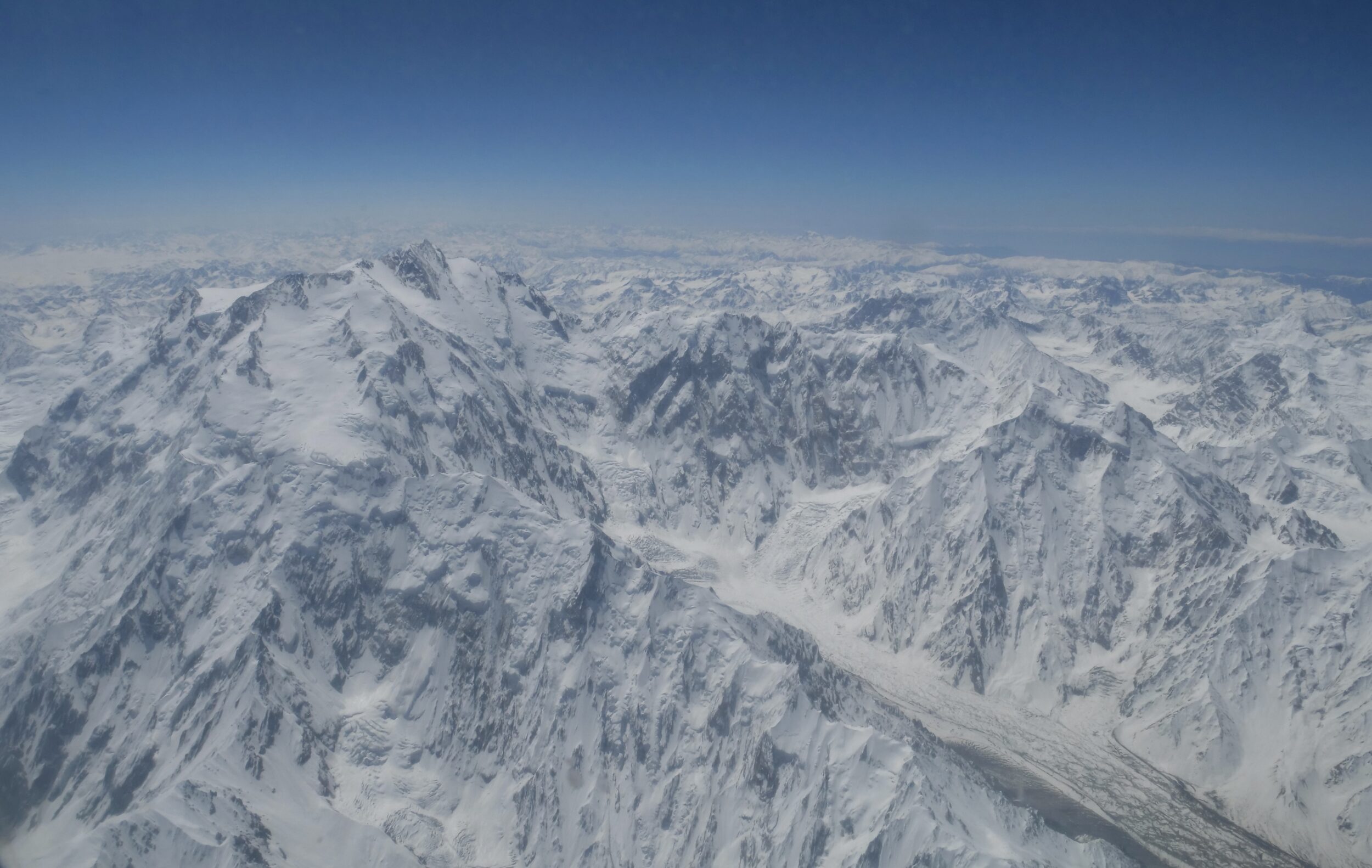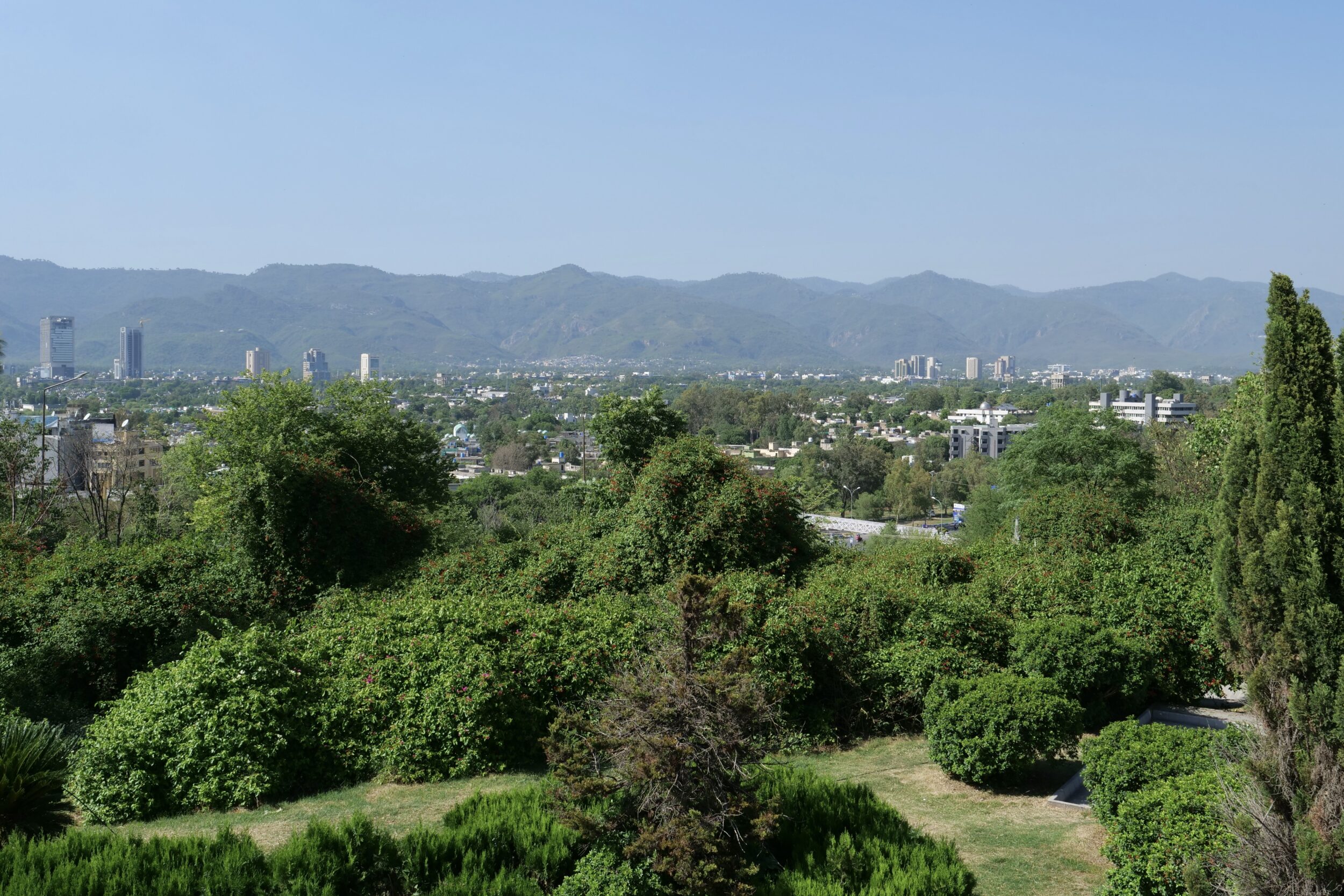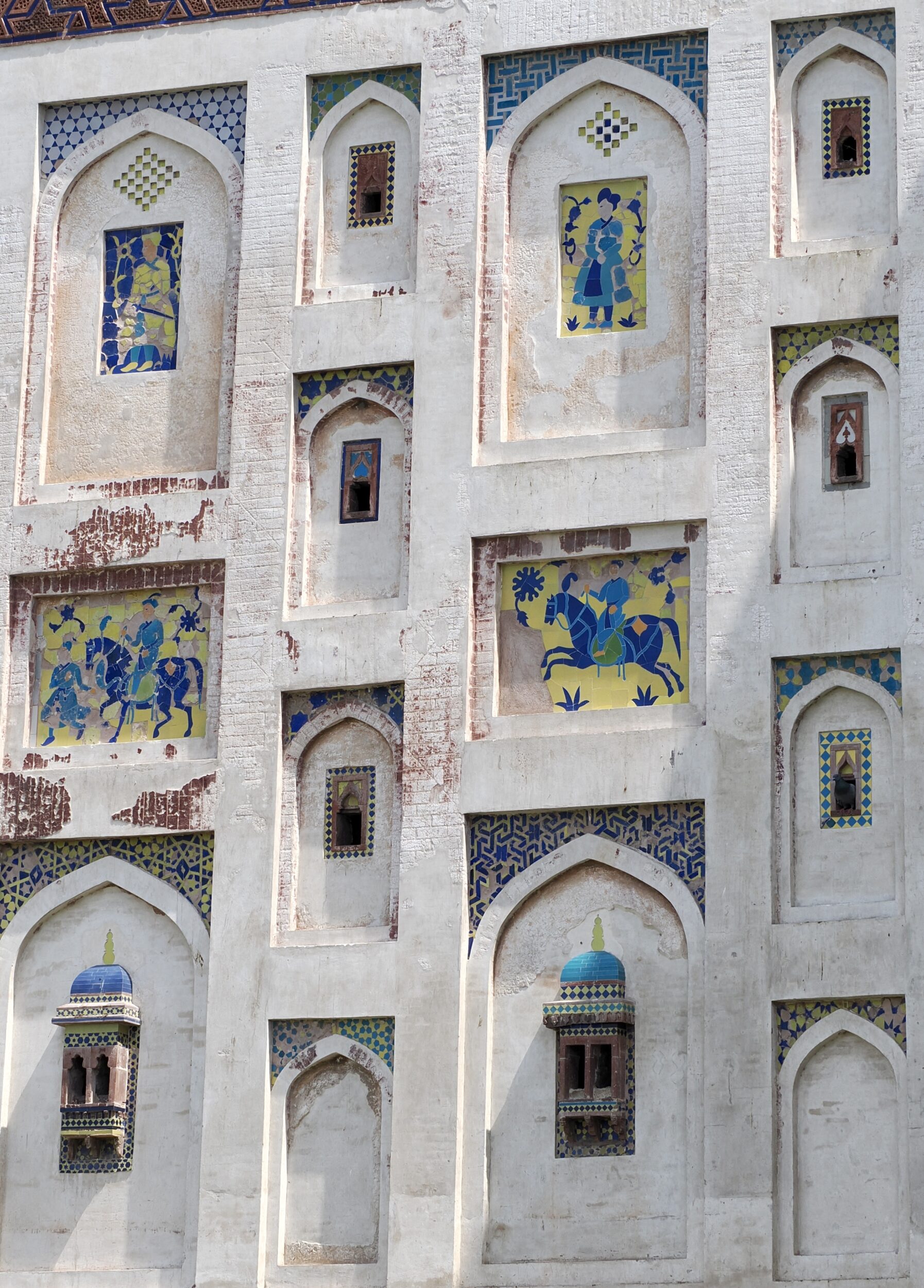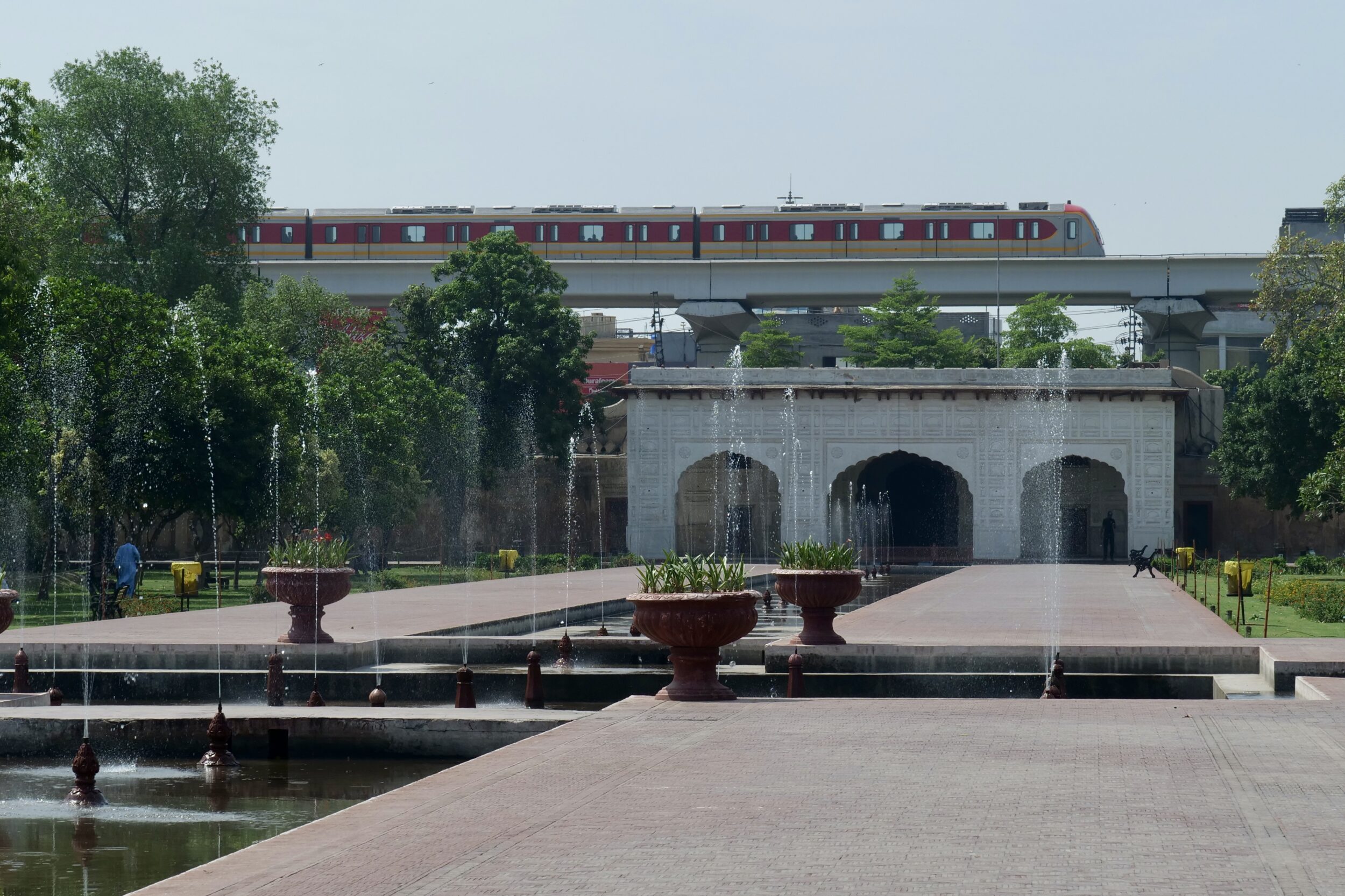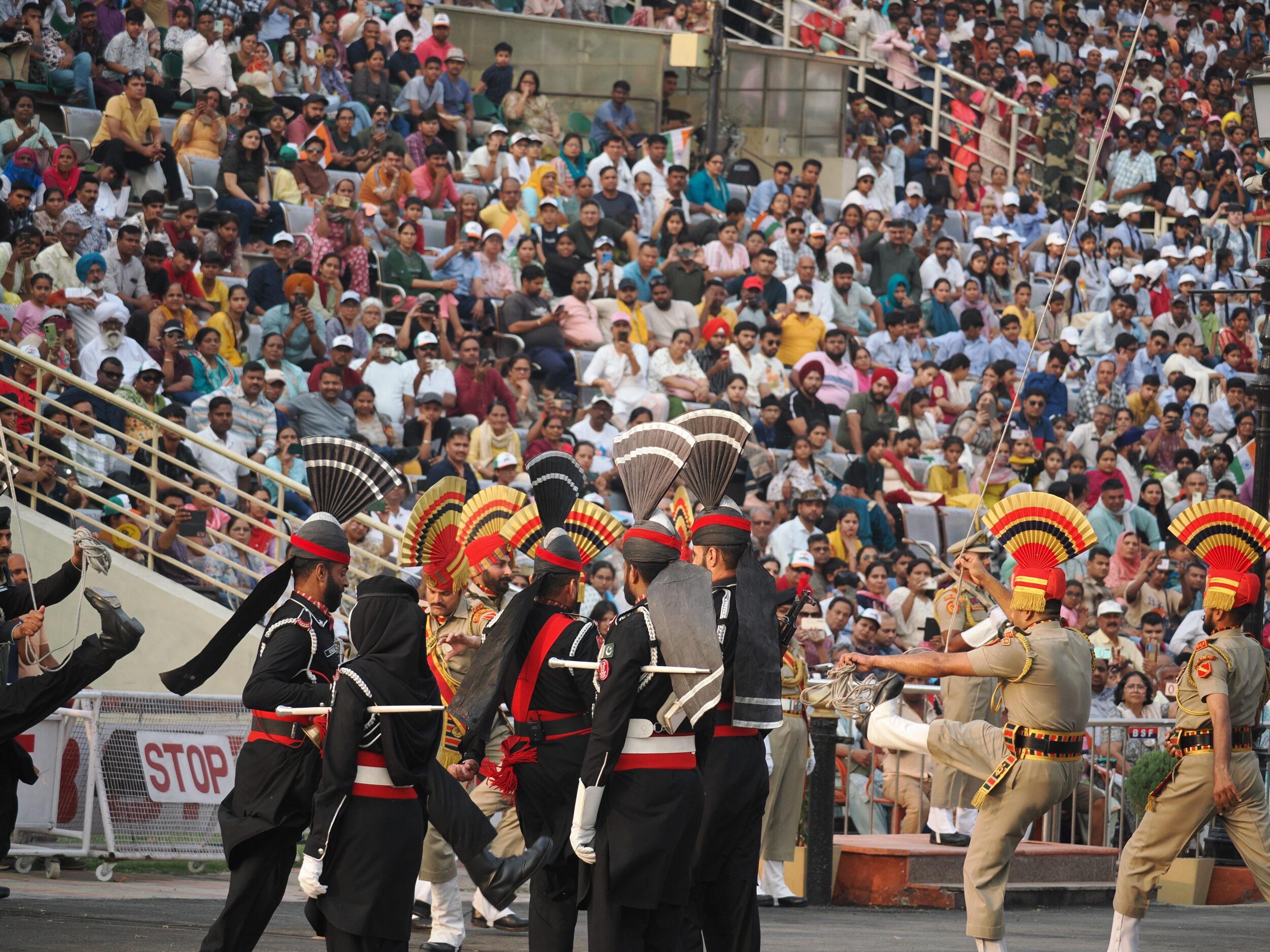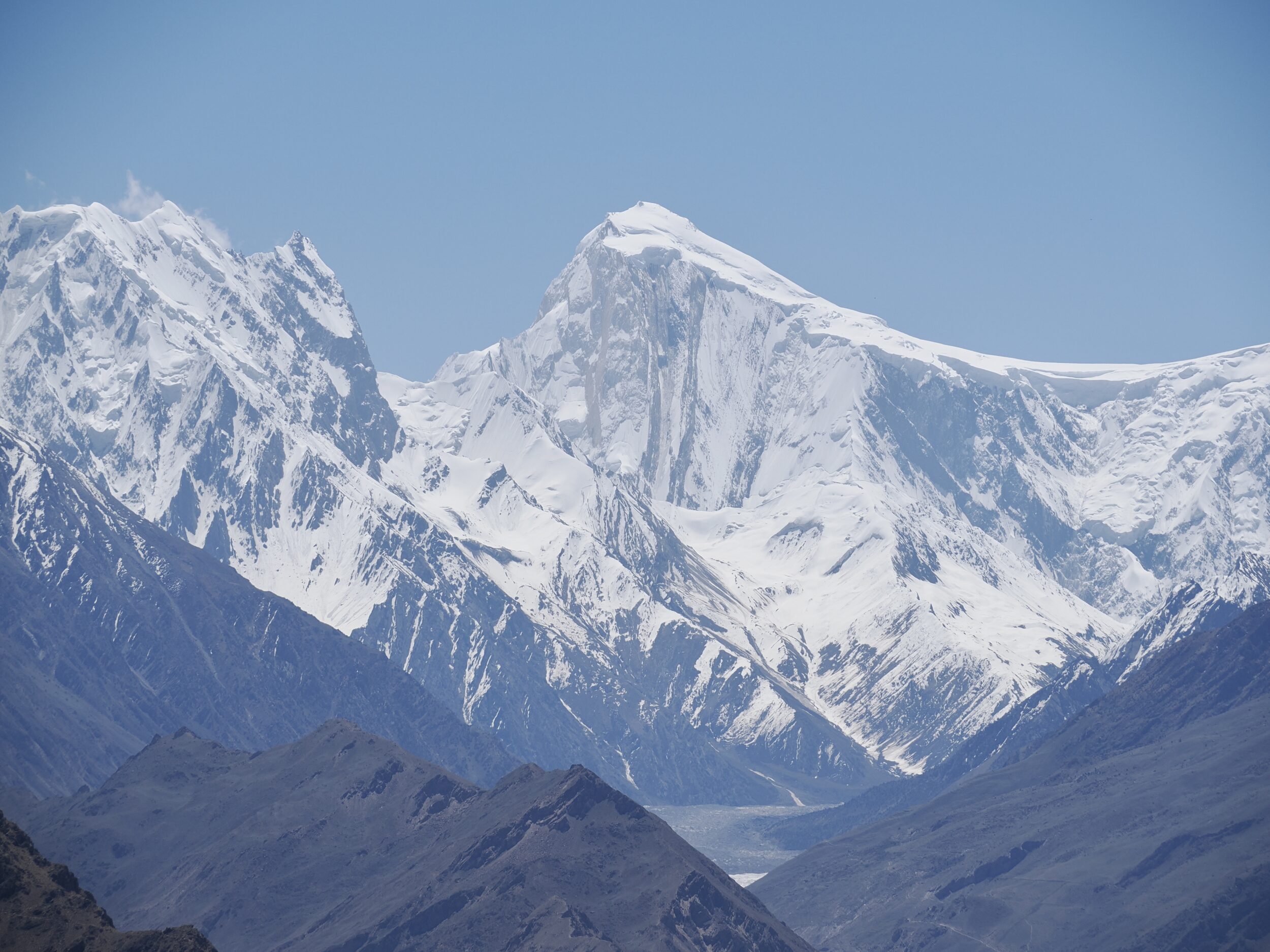For most of its visitors, Skardu is the “gateway” to the Karakoram – the world’s second-highest mountain range.
Arguably, the Karakoram is even more spectacular than the Himalaya; having experienced both, I reckon the Karakoram takes the metaphorical “biscuit”, handsomely.
All fourteen of the world’s “recognised” 8,000 metres+ peaks are in either the Himalaya or Karakoram; my beloved and I have seen at least six of them.
Most of the Karakoram is in Pakistan’s Gilgit-Baltistan region.
At 2,230 metres ASL, Skardu’s airport sits just slightly above the bottom of a deep valley.
The pictured tarmac is two metres higher above sea level than is the Australian continent’s highest peak.
Comments closed